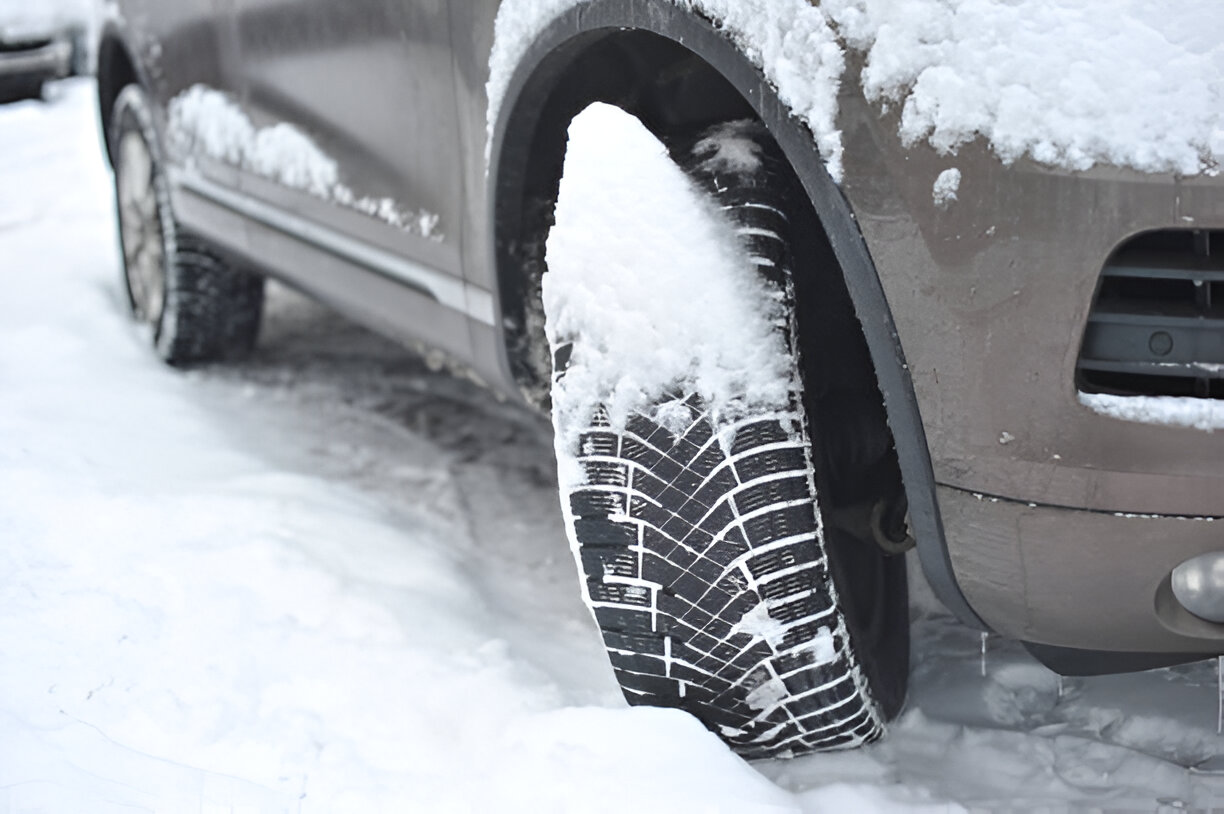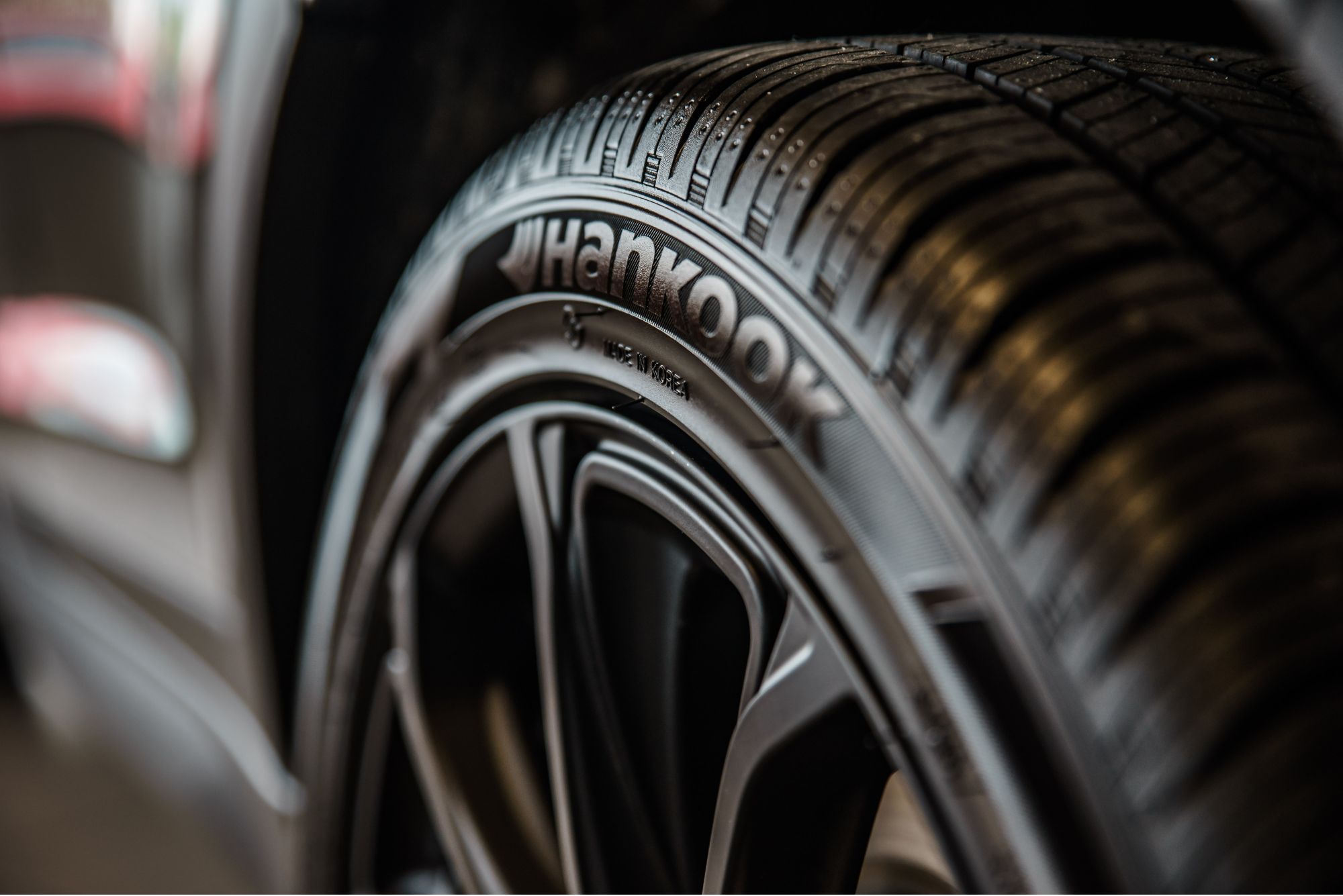Last Updated on June 5, 2025
Unraveling the Causes Behind Deflating Tires
Tires are the unsung road heroes, safely transporting us from one destination to another. However, they are not immune to a common annoyance: losing air pressure. While a visible puncture might seem like the most obvious culprit, several other factors can cause tires to lose air, sometimes even when there are no apparent punctures.
Wondering why tires lose air?
In this comprehensive guide, we’ll explore the mysteries of tire deflation and the various reasons behind it. So, if you’ve ever wondered why your tires seem to lose air for no apparent reason, keep reading to uncover the answers.
The Importance of Proper Tire Pressure
Before diving into why tires lose air, let’s emphasize the importance of maintaining proper tire pressure. Proper tire inflation is vital for your safety and the longevity of your tires. Underinflated tires can lead to reduced handling, poor fuel efficiency, and increased risk of blowouts, while overinflated tires can result in a harsher ride and reduced traction.
Now, let’s explore the common culprits behind mysterious tire deflation:
1. Temperature Fluctuations
One of the most common reasons for tire pressure changes is temperature fluctuations. The air inside your tires expands or contracts as the temperature rises or falls. This natural response to temperature can cause fluctuations in tire pressure. During colder months, you might notice your tires losing air as the air molecules inside the tire condense. Conversely, the air pressure may increase in hot weather due to expansion.
2. Permeation
Tire rubber is not entirely impermeable, meaning air molecules can escape through the tire’s sidewalls over time. This gradual air loss, known as permeation, is a natural occurrence and can lead to a slow drop in tire pressure, even without visible damage or punctures.
3. Valve and Valve Stem Issues
The valve stem and core play a critical role in maintaining tire pressure. Over time, these components can deteriorate or develop leaks. A faulty valve stem or valve core can result in slow air loss from your tires. Regular inspections and maintenance can help identify maintenance issues.
4. Wheel Damage
Damage to the wheel, such as corrosion or a bent rim, can create small gaps between the tire bead and the wheel’s surface. These gaps allow air to escape gradually, reducing tire pressure. Ensuring your wheels are in good condition is essential for maintaining proper tire pressure.
5. Tire Bead Leaks
The tire bead is the inner edge of the tire that seals against the wheel rim. If the dot is damaged or not closing correctly, it can lead to air leaks. Proper installation and alignment of the tire on the wheel are crucial to prevent bead leaks.
There are Several Possibilities as to Why Your Tires Lose Air
- A hole in the tread, probably from a nail or something sharp in the road.
- A hole in the sidewall, probably from an encounter with something quick on the road.
- A poor seal where the tire attaches to the wheel lets air escape.
- A loose or improperly functioning tire valve.
- A repair that is now malfunctioning
What Can You Do?
The time-honored method to hunt for leaks is to spray the tire with soapy water (try 20% detergent to keep it a little denser) and watch for bubbles, especially in the suspect areas listed above. Try this while your tires have full air pressure and are still heated from driving. Removing your wheels and submerging your wheel and tire set in a water bucket usually reveals the leak.
Sometimes, your slow-leak tire only loses air when you are driving. You might have a pinhole puncture so tiny that it does not even widen enough to let out air until your tire heats when it goes on the road. That temporarily expands the pinhole’s size and increases the tire air pressure to push out more forcefully.
Why Tires Lose Air and How to Solve It?
If your tire is not perfectly set on the wheel, sand or grit might work its way in between the wheel and your tire, creating a small opening that lets air out. However, like the pinhole situation, a leak where the tire bead meets the wheel can be intermittent and difficult to find.
Likewise, if a tire installer does not insert a new valve with the new tire, it increases the chance of it leaking air. The valve is very often the source of a slow leak and something you want to check with the soapy water.
Sometimes, it is difficult for even a tire expert to find one leak source. If your tires are old and leaking in multiple areas, the best solution may be to replace the leaky tire. For great prices and a huge selection of new tire options, check out Tires Easy. We will surely have the size and tire style you need at a price you can afford.
The Solution: Regular Maintenance for tires that lose air
While various factors can cause tire deflation, regular maintenance is your best defense. Here are some tips to keep your tires in optimal condition:
- Check Tire Pressure: Routinely check your tire pressure using a reliable gauge and ensure it matches the recommended pressure specified in your vehicle’s owner’s manual.
- Inspect for Damage: Examine your tires for any visible punctures, cuts, or damage. If you find any issues, have them repaired promptly.
- Valve Stem Maintenance: Regularly inspect valve stems and caps for signs of wear or damage and replace them if necessary.
- Wheel Inspection: Inspect your wheels for damage, corrosion, or irregularities affecting tire sealing.
- Professional Inspections: Consider having your tires professionally inspected and rotated to ensure even wear and proper sealing.
By staying vigilant and addressing any issues promptly, you can maintain optimal tire pressure and enjoy a safer and more fuel-efficient driving experience.
Conclusion
In conclusion, the mystery of why tires lose air, even without visible punctures, can be attributed to various factors, including temperature fluctuations, permeation, valve issues, wheel damage, and bead leaks. Understanding these underlying causes is crucial for maintaining optimal tire pressure and ensuring a safe and efficient driving experience.
Regular maintenance, tire inspections, and address maintenance are key to combating air loss. When in doubt, trust reputable sources like Tires Easy to provide quality tires and expert guidance so you can confidently hit the road, knowing your tires are in top shape.
Don’t let deflated tires deflate your driving pleasure; stay informed and proactive to keep your journey smooth and safe.
FAQs
Why is my tire losing pressure but no puncture?
Natural factors like temperature changes, slow leaks, or issues with the valve or rim can cause tire pressure loss without a puncture.
Why does the tire lose air? I can’t find a leak.
If your tire is losing air without a visible leak, it may be due to slow leaks at the tire bead, valve, or rim, which can be challenging to detect without a professional inspection.
Why is my tire losing air randomly?
Random air loss can result from temperature fluctuations, permeation, or minor damage that may not be immediately noticeable. Regular tire maintenance and inspections can help identify and address these issues proactively.
Can tires deflate without a puncture?
Yes, tires can deflate without a puncture due to factors like temperature changes, valve problems, rim damage, or slow leaks in the tire itself. These issues may not always be visible on the tire’s surface but can lead to gradual pressure loss.
You may also find these articles interesting:
- Top 5 Run-Flat Tires BMW: Find the Perfect Tire for your BMW
- Decoding the Tire Load Index: What Does It Mean for Your Vehicle?
- Best Affordable Tire Brands You Can Really Trust
-
Automotive Specialist
-
Proofreader
-
Writer









